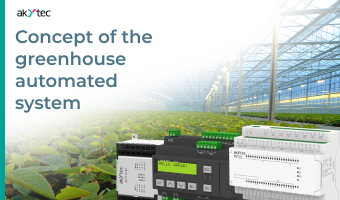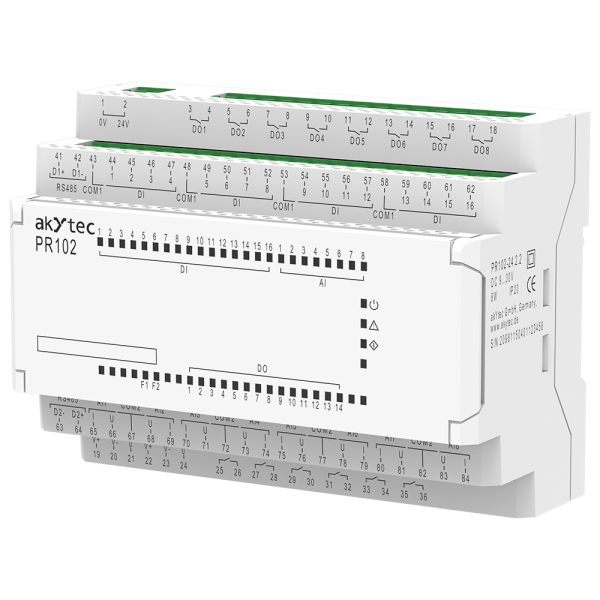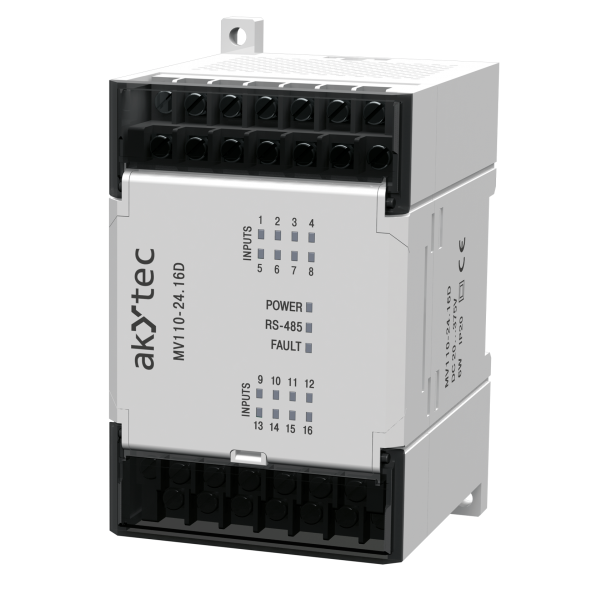Greenhouse systems are becoming more and more popular these days. The crop yield depends on many factors, including environmental conditions. An automated greenhouse control system may increase crop yields and reduce the workforce.
The main task of the control system is to monitor the vital parameters inside the greenhouse: light level, temperature, and humidity. That allows choosing the optimal control variant to create favorable growing conditions. These parameters can be adjusted to obtain the highest yield of agricultural products.
The systems provide remote monitoring and control of various actuators of water supply or lighting. Operating parameters are updated and stored in the archive. Information is used for analysis, decision-making, and avoidance of abnormal situations. SCADA system and controller record all parameter changes and faults simultaneously.

Concept
Systems can control the maintenance of process parameters within preset ranges. In emergencies, the system signals the need for operator intervention. The automation system performs the same tasks as normal personnel, with greater accuracy and speed. The system consists of a set of sensors, a hardware and software complex for collecting and processing incoming information and forming control signals. The system can be controlled on-site, or remotely via a web-based interface. That allows data collection, analysis, and forecasting.

Water supply control system concept based on akYtec products
The most common source of water supply is wells with deep water pumps located near the complex. Water is used for technological needs, watering greenhouses, washing filters. The water supply system should be equipped with a buffer tank and water tanks with an intermediate pumping station. Water from wells is filtered from mechanical and chemical impurities. Communication between wells, pumping station, filter, reservoirs, and control panel shall be by radio. A repeater should be installed at each point for uninterrupted radio signal reception. It will be more convenient to divide the waterworks control system into several control cabinets according to the following technological tasks: main cabinet, control cabinets of a tank, well, pumps. The operator can monitor the state of sensors and actuators, set operating modes in the SCADA system, receive reports in tabular and graphic form. Operator panels show the status of actuators, sensors, alarms, fill level of the buffer tank and water tank. The on/off time of the pumps is fixed. It is possible to report the water consumption and operating time of each pump. It is also possible to change parameters and monitor operation on the controller.
The greenhouse water supply system can provide:
- simultaneous or sequential operation of pumps;
- maintenance of water reserves in reservoirs;
- recording the amount of consumed water in each well with automatic reporting;
- control of actuator status and water level in tanks in real-time mode;
- local and remote control of pumps;
- protection of pumps against overload and bad quality of power supply;
- protection of pumps against dry running;
- retrieving information from the water flow meter;
- control of the operation of well and overflow pumps;
- logging of operating time of each pump;
- сreation of the event log.
Concept of automatic greenhouse lighting control system
Most vegetable crops grow well under 15-20 thousand lux illumination. The lux is the unit of illuminance, measuring luminous flux per unit area. Such lighting is observed in sunny weather from March to August. Lack of natural light during autumn and winter makes it difficult to grow vegetables. Artificial lighting solves this problem and allows you to maintain optimal light levels regardless of the season and length of the day.
An automatic lighting control cabinet controls the lamp groups in each greenhouse. Information about the current lighting status is displayed on the HMI panel installed in it. From this panel, you can control the lighting in manual mode - turning on/off any row of lights. The advantage of an automated control system is to increase the efficiency of lighting systems and reduce peak currents when turning on the lamps.
Modernization perspectives
The control system, like any design, can be modified and expanded. For example, to monitor the condition of process equipment: inspecting the status of equipment units and eliminating damage in advance. Repair costs will decrease, and productivity will increase with improved control.
The choice of monitoring and control system depends on the business needs of the agricultural producer. Some farmers prefer to have a minimal set of features for their automated control systems. Others are interested in developing and expanding their functionality.




